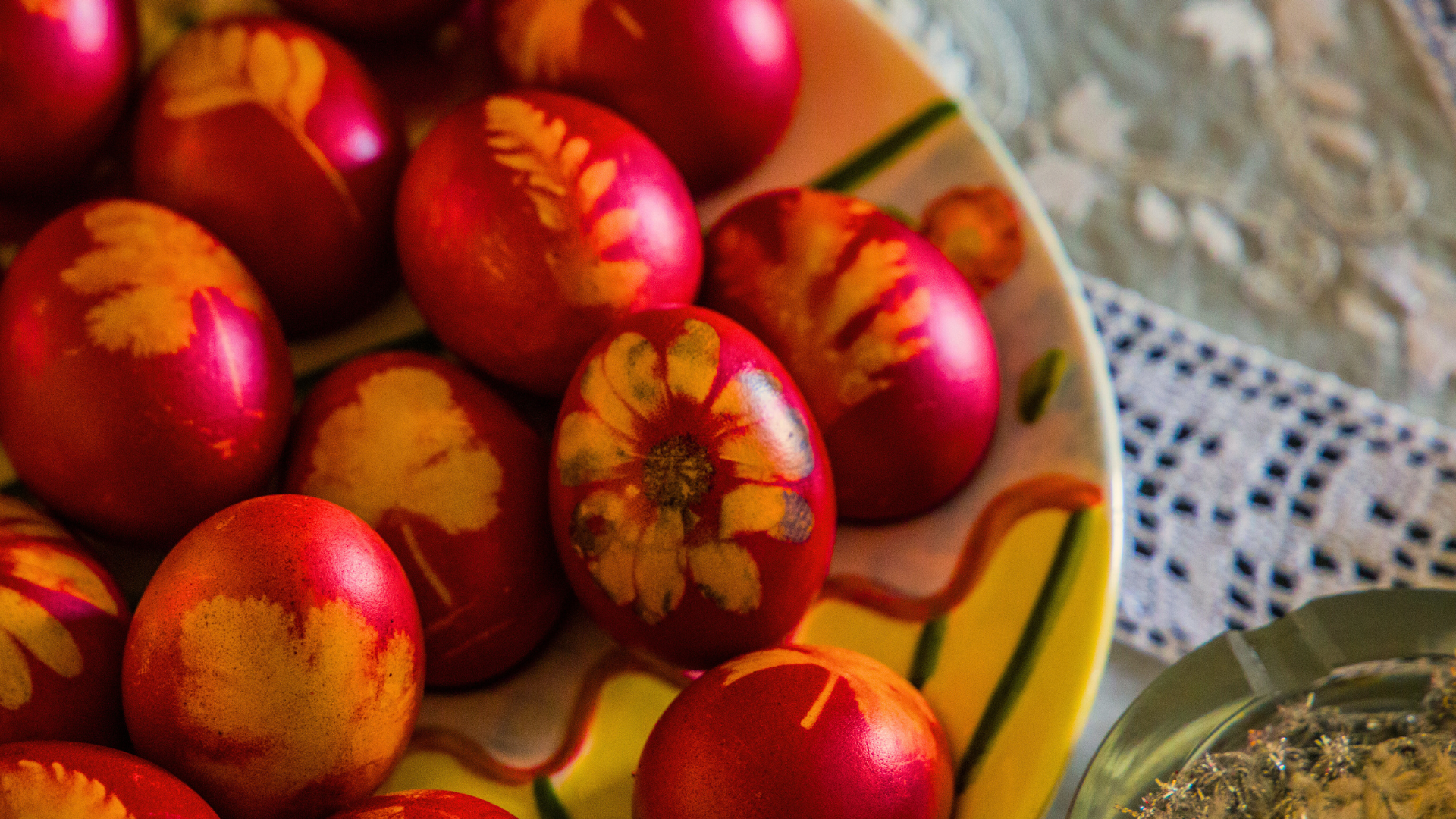Easter is the most significant holiday in Serbia, celebrated with deep-rooted traditions and a strong sense of community. Unlike many Western countries, Serbia follows the Julian calendar, meaning Orthodox Easter often falls on a different date than Catholic Easter. This cherished holiday is a time of family gatherings, festive meals, and unique customs that have been passed down for centuries, blending Christian beliefs with ancient Slavic traditions. In the following text embark on Serbian Easter Traditions: From Egg Battles to Feasts.
The Historical Roots of Orthodox Easter in Serbia
Orthodox Christianity has been the dominant faith in Serbia since the 9th century, when the region was first Christianized. However, it was in the 13th century, with the establishment of the Serbian Orthodox Church, that Easter became a widely celebrated religious and cultural event. Many Easter traditions in Serbia have origins in pre-Christian Slavic rituals, which were later adapted to fit Orthodox Christian beliefs.
When is Orthodox Easter Celebrated?
Serbia follows the Julian calendar for religious holidays, which means Easter does not always coincide with Western Easter. The exact date varies each year, as it depends on the first Sunday after the first full moon following the spring equinox. As a result, Serbian Orthodox Easter often occurs later than Catholic Easter. This difference was established in 325 AD at the First Council of Nicaea, where the method of calculating Easter was determined for the Christian world.
Holy Week: A Time of Preparation
The week leading up to Easter is called Velika Nedelja (Holy Week). It is a time of reflection, fasting, and preparation for the grand celebration.
Veliki Petak (Good Friday)
Good Friday is a solemn day marking the crucifixion of Christ. Many Orthodox Christians observe a strict fast, avoiding meat, dairy, and eggs. Moreover, it is the day when families traditionally dye Easter eggs, a beloved custom that brings generations together.
Red is the most common color for Easter eggs in Serbia, symbolizing Christ’s sacrifice. Traditionally, onion peels were used to create natural red dye. Today, many families use modern dyes and creative techniques, adding patterns and decorations to their eggs. The first egg dyed is called čuvarkuća (guardian of the home) and is kept in the house until the following Easter as a symbol of protection and good fortune.
A lesser-known but significant tradition is washing one’s face with water containing a red Easter egg on Easter morning. This act is believed to bring health and beauty for the year ahead.

Easter Sunday: A Day of Joy
The Egg Battle
Unlike in some countries where Easter eggs are hidden, Serbs engage in tucanje jajima (egg tapping). The goal is to crack the opponent’s egg without breaking your own. The winner collects the broken egg as a prize. This friendly competition brings joy to both children and adults alike.
Festive Greetings
On Easter morning, people greet each other with a special exchange:
- Hristos Vaskrse! (Christ is risen!)
- Vaistinu Vaskrse! (Indeed, He is risen!)
These greetings replace the usual “Good morning” or “Hello” on Easter Sunday.
Traditional Easter Feast
After fasting during Holy Week, Easter Sunday is marked by a lavish feast. Families gather to enjoy a variety of dishes, including prase na ražnju (roast piglet), jagnje (lamb), and ruska salata (Russian salad). Easter eggs are also a staple at every table, along with homemade bread and desserts.
The Symbolism of the Last Year’s Egg
An intriguing Serbian Easter tradition involves burying the čuvarkuća (the guardian egg) from the previous year in the garden or a field. This act is believed to bring fertility to the land and ensure a good harvest, linking Christian customs with ancient agricultural practices.
Pobusani Ponedeljak: Honoring the Departed
The Monday following Easter, known as Pobusani Ponedeljak, is dedicated to remembering deceased loved ones. Families visit cemeteries, bring food, and leave red Easter eggs on graves as a sign of respect and remembrance. This tradition reflects the deep connection Serbs have with their ancestors.
A Unique and Welcoming Celebration
Serbian Easter traditions: from egg battles to feasts is a blend of religious devotion, family values, and joyful traditions. Whether you participate in egg battles, share a festive meal, or simply greet someone with Hristos Vaskrse!, Easter in Serbia is a holiday that brings people together.
Visiting Serbia during Easter offers a chance to experience warm hospitality and a rich cultural heritage. If you find yourself in Belgrade during this time, immerse yourself in the traditions and make the most of your stay at Best Western Premier Natalija Residence, where comfort, great service, and a welcoming atmosphere await you. Book your stay and enjoy a memorable Easter in Serbia!

